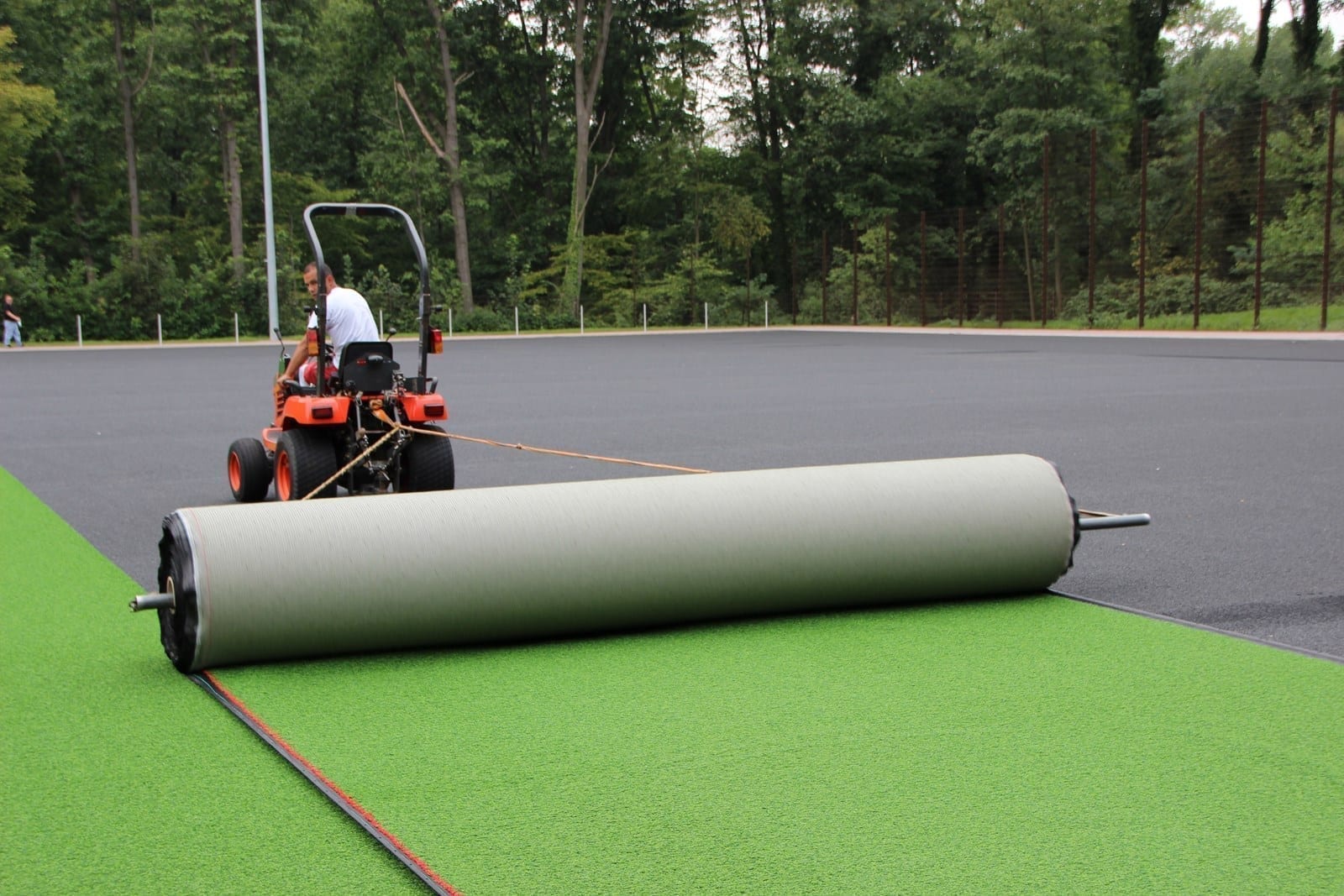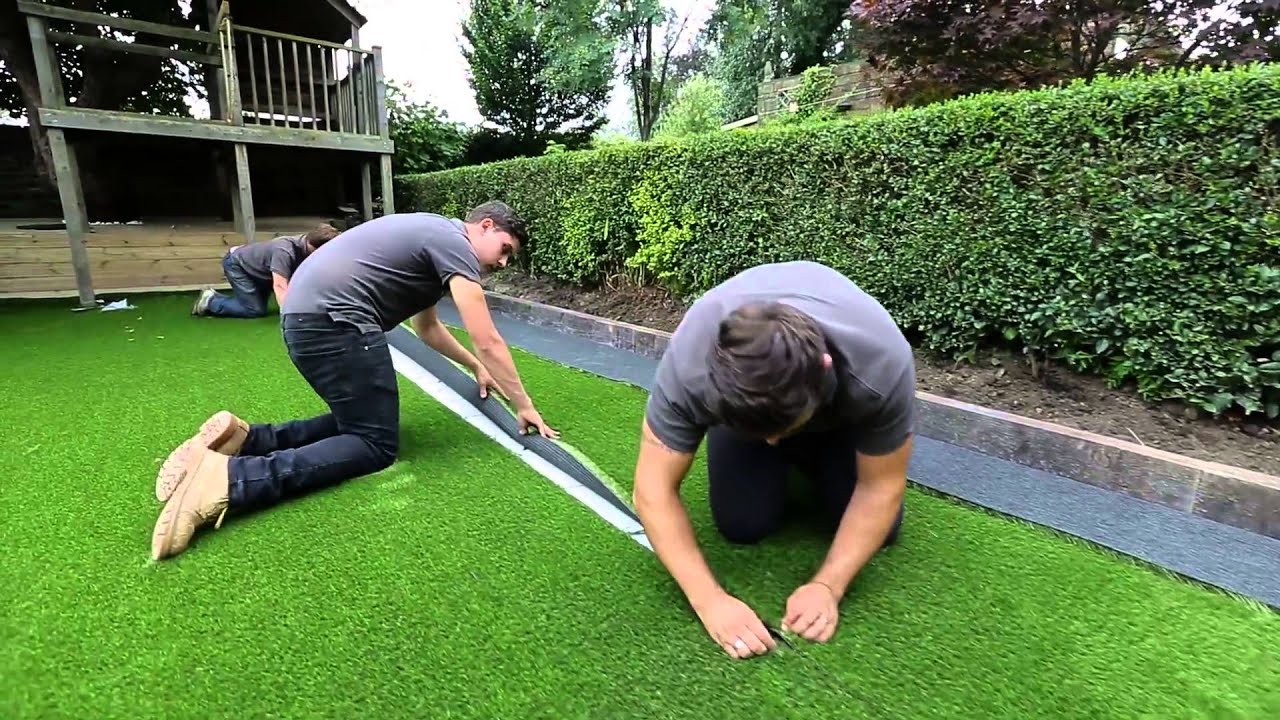Explore the Environmental Advantages of Opting for Artificial Turf Solutions
The fostering of synthetic grass remedies provides a compelling possibility to deal with pressing ecological challenges. By dramatically minimizing water usage and decreasing the application of unsafe chemicals, these options not only advertise sustainable landscape design but additionally secure regional communities. The reduced carbon footprint connected with reduced upkeep tasks adds to a much more lasting approach to land administration. The effects of these benefits extend beyond plain preservation efforts, raising concerns regarding their lasting impact on habitat conservation and total ecological balance. Checking out these measurements discloses an intricate interaction worth thinking about.
Water Conservation Conveniences
Among one of the most substantial benefits of synthetic grass is its capability to save water. Conventional turf lawns need significant watering, particularly in areas prone to dry spell or water limitations. On the other hand, synthetic turf does not require watering, dramatically lowering the general demand for water resources. This attribute is especially useful in arid regions where water scarcity is a pushing worry.
By getting rid of the need for normal watering, synthetic grass adds to lasting landscape methods and assists reduce the environmental effect of too much water consumption. The conservation of water prolongs to the decrease of drainage, which can lead to dirt erosion and waterway contamination.
In addition, the installment of synthetic grass permits municipalities and house owners to assign water sources extra efficiently, concentrating on vital usages such as alcohol consumption water and farming. The shift towards synthetic grass not just advertises responsible water usage but likewise lines up with more comprehensive environmental objectives intended at maintaining all-natural sources.
As communities increasingly prioritize sustainability, the water conservation benefits of synthetic turf present a compelling case for its adoption in commercial and domestic landscaping projects.
Reduced Chemical Usage
The transition to artificial turf considerably decreases the reliance on chemical therapies generally made use of in natural turf maintenance. Conventional turf monitoring generally involves the application of plant foods, chemicals, and herbicides to advertise growth and control insects. These chemicals can posture risks to human health, local wild animals, and the atmosphere, adding to soil and water contamination.
In contrast, synthetic lawn eliminates the requirement for these hazardous materials. By minimizing the launch of synthetic compounds right into the ecosystem, man-made lawn promotes much healthier dirt and water systems.
Moreover, the absence of chemical drainage related to synthetic grass installations helps shield neighborhood rivers from air pollution, sustaining aquatic life and maintaining biodiversity. Arizona artificial turf. As communities increasingly focus on lasting practices, choosing fabricated lawn presents a feasible option that straightens with environmental conservation goals. Through this shift, property owners can delight in rich eco-friendly rooms without endangering eco-friendly wellness, leading the way for an extra sustainable future
Reduced Carbon Impact

Additionally, the installment of fabricated turf can cause substantial water conservation. All-natural grass call for considerable amounts of water for watering, which not just includes in the carbon footprint linked with water extraction and treatment however also pressures neighborhood water sources. In comparison, synthetic grass requires minimal maintenance, needing no watering, consequently dramatically lowering water use and its linked power expenses.
Furthermore, the long life of fabricated lawn adds to its lower carbon influence. With a life expectancy of approximately 15 years or more, the need for frequent replacements is diminished, causing much less waste and reduced energy consumption in manufacturing and getting rid of conventional turf options. On the whole, fabricated turf offers a sustainable option for environmentally aware landscape design.
Environment Conservation
Habitat preservation is a crucial factor to consider in the dispute over landscaping choices, specifically when comparing artificial lawn to natural grass. All-natural turf yards commonly need comprehensive upkeep, including the use of chemicals, plant foods, and herbicides, which can adversely affect local ecological communities. These chemicals can leach right into the soil and rivers, harming native vegetation and fauna and interfering with local environments.
On the other hand, synthetic grass provides an opportunity to minimize the eco-friendly footprint of landscape design. By going with synthetic yard, house owners can minimize the interruption of all-natural habitats connected with traditional yard treatment useful link techniques. Synthetic grass gets rid of the demand for hazardous chemicals, consequently protecting close-by wild animals and maintaining the integrity of bordering environments. In addition, weblink the setup of artificial turf can bring about the conversion of previous yard locations into even more biodiverse landscapes, such as pollinator gardens or indigenous plant areas, which can support local wildlife.
Eventually, the shift to man-made grass not only preserves water and lowers upkeep initiatives however also promotes a much more harmonious relationship in between human tasks and the all-natural setting, promoting habitat conservation in the procedure.
Long-Term Sustainability
Lasting sustainability is an important consider evaluating the benefits of synthetic grass over standard lawn lawns. Among the most significant benefits of fabricated grass is its durability; it can last up to 15-20 years with minimal maintenance, whereas natural lawn requires constant reseeding and replacement. This durability minimizes the need for continuous sources, such as water, fertilizers, and chemicals, which are vital for maintaining a healthy turf yard.
Furthermore, synthetic grass adds to a decrease in carbon emissions connected with lawn treatment tools. Typical lawns usually need gas-powered lawn mowers, trimmers, and blowers, all of which add to air pollution. Phoenix turf companies. In contrast, man-made grass eliminates the requirement for such tools, promoting a cleaner atmosphere
Furthermore, the production of synthetic lawn progressively uses recycled materials, enhancing its sustainability profile. As makers take on environment-friendly techniques, the environmental impact of artificial turf remains to lessen.

Verdict
The adoption of man-made turf remedies provides substantial environmental benefits, consisting of considerable water preservation, minimized dependence on dangerous chemicals, and a lower carbon footprint. Moreover, artificial lawn aids in protecting all-natural habitats by minimizing land disturbance and advertising long-lasting my website sustainability through the usage of durable materials. Jointly, these aspects highlight the capacity of synthetic grass to contribute favorably to ecological health and wellness and supply a viable option to typical landscape design methods in an increasingly resource-conscious world.
In contrast, artificial turf does not require watering, considerably lowering the overall need for water sources. By minimizing the release of synthetic compounds right into the community, man-made lawn advertises much healthier soil and water systems.
In addition, the installment of artificial turf can result in substantial water conservation. In comparison, artificial turf needs minimal maintenance, requiring no watering, therefore significantly reducing water usage and its linked power prices.
